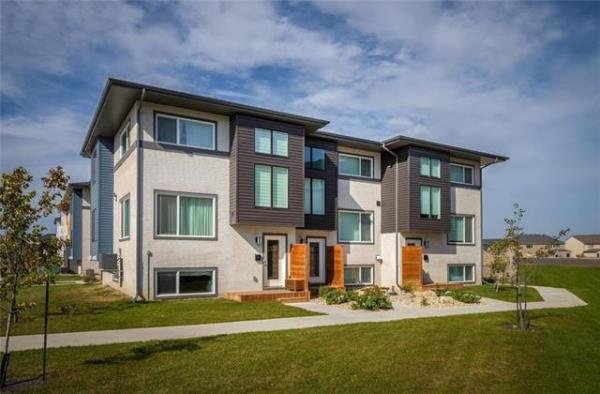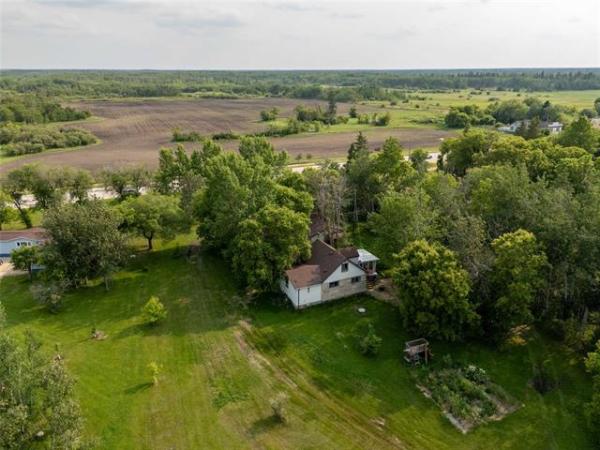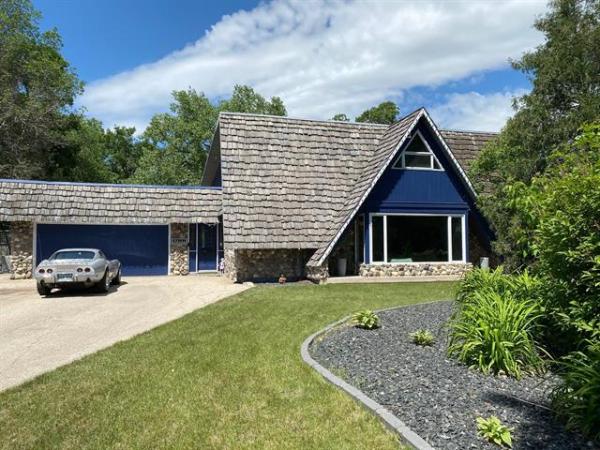Question: After a previous winter’s two weeks of sub-zero temperatures here in Calgary, what I believe to be the cold air return piping started to drip water through some tears in the insulation covering the pipe. I understand that this is caused by condensation. Apparently, this has happened before because I noticed that the steel straps holding up the pipe shows rust on them. However, it is the first time that I have noticed water dripping from the insulation wrapping the pipe. The insulated pipe has been there for at least 35 years, although the furnace was replaced 21 years ago with a mid-efficiency Lennox natural gas furnace. Can I replace this existing solid metal pipe with a flexible insulated one? I have an air intake piping that is flexible and it works fine. Your advice on this would be greatly appreciated.
Thank you.
Robert Mercer, Calgary
Answer: Replacing properly sized and installed metal ducting with lower quality materials will surely compromise airflow and should not be attempted. Finding the cold air leakage contributing to the condensation and stopping that will be a much better solution.
It is unusual, but not unheard, of to have condensation and leakage from return air ducting attached to the furnace plenum. This may occur in ducts that are located in an unheated or poorly insulated crawlspace, or if the ducts are in contact with a cold foundation wall. I am not sure where your ducts are located, but I would suspect that one of these situations is present in your home. Otherwise, there is no need to install insulation on the ducts, as they normally travel through the floors and interior walls of your heated home.
There is also another possibility, and that is the pipes you are looking at are not return air ducts, but some sort of fresh air intake. It is common for homes of a certain age to have a duct connected to a vent hood on the exterior of the home, terminating in the return air ducting. This was done to add fresh air to the home for adequate ventilation. These insulated ducts were often connected to the return air system, a fair distance away from the furnace, and were designed to passively draw fresh air into the heating system for circulation. The theory is that when the furnace blower comes on, this would pressurize the heating ducts, as the warm air is forced through to the registers in the rooms. This will put the return air ducts under lower pressure, as the heated air cools and flows back towards the furnace. This low pressure will cause fresh air from the outside to be drawn in to the return air ducting through the insulated pipe. When the furnace turns off, the pressure in these ducts will drop almost to neutral, and the cold air flow from outside will be minimal at that point in time.
Unfortunately, home systems do not always work as designed and there may be other factors in the home that cause air pressure changes. Particularly when exhaust fans are running, the clothes dryer, or kitchen range hoods are operating, it can cause the air pressure in the home to drop, drawing cold air in through the fresh air duct. In really cold weather, like your previous winter, this air can condense on its way to the furnace through the fresh air duct or return air ducting. If it is cold enough, this condensation will freeze until the weather warms. At that point, the frost will melt and leak through into the insulation or through gaps in the ducts. If it is a fresh air pipe, not the return air ducting, which is the source of your problem, replacement or re-insulation is the solution. Using pre-insulated, flexible plastic ducting for this purpose is fine, as the air coming in is under very low pressure and it doesn’t matter if it is slightly restricted. Often the insulation in this type of ducting, or fibreglass wrapped around metal pipes, will become saturated with the products of condensation and will become useless. At that point, replacement with new materials should help.
If the sweating ducts in question are return air ones directly connected to the furnace then another issue should be investigated. In that situation, there must be some area that is allowing excessively cold air to contact the metal ductwork, which is allowing the relatively warm inside to condense. Since the duct is already insulated, this is likely in a difficult to reach area, like a crawlspace. The solution is to find the source of the cold air and insulate or seal that spot. This may require insulating a previously uninsulated foundation wall or grade beam. If the ducting is installed inside an exterior wall, or directly up against a cold foundation wall, moving the duct further inside the home is the best course of action. Either way, replacing the return air duct with a flexible pipe can significantly reduce the airflow, due to the corrugations in the piping, and should not be used. Replacement with proper metal ducting materials, relocated to a warmer spot, is the right course of action, in that case.
Replacing ducts that are wet and leaking with flexible ones may not provide adequate return air to the furnace from that area. Finding the source of the cold air causing the condensation, and sealing or insulating that area, should be the proper method for eliminating the problem in your home.
Ari Marantz is the owner of Trained Eye Home Inspection Ltd. and the past president of the Canadian Association of Home & Property Inspectors — Manitoba (cahpi.mb.ca). Questions can be emailed to the address below. Ari can be reached at 204-291-5358 or check out his website at trainedeye.ca.
trainedeye@iname.com



